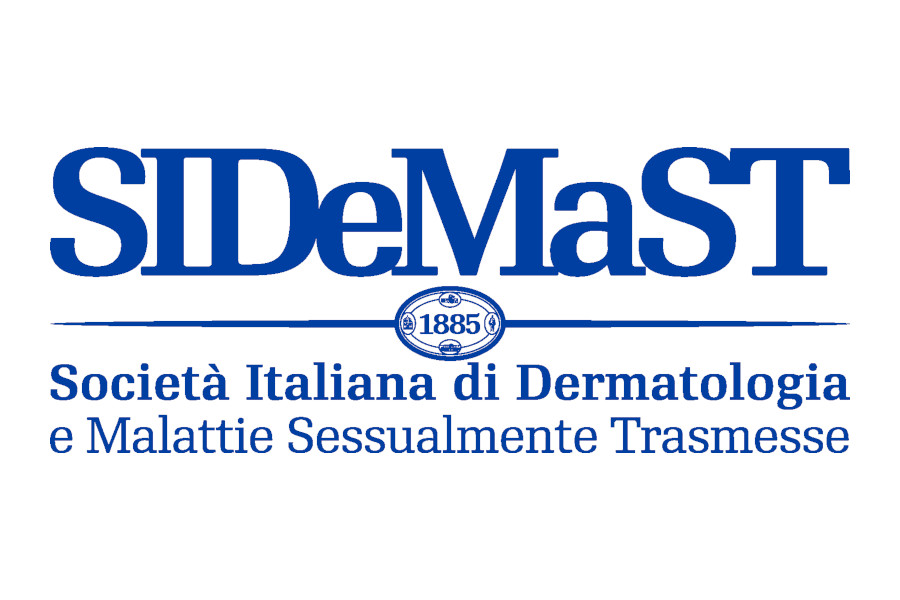Hyperbaric Oxygen Therapy Improves Survival for Patients With Chronic Diabetic Foot Ulcers
Hyperbaric oxygen therapy significantly improves 6-year survival for patients with chronic diabetic foot ulcers
Segreteria SIDeMaST, 26 Sep 2015 07:22

Hyperbaric oxygen therapy significantly improves 6-year survival for patients with chronic diabetic foot ulcers
Segreteria SIDeMaST, 26 Sep 2015 07:22

Hyperbaric oxygen therapy significantly improves 6-year survival for patients with chronic diabetic foot ulcers, according to a study presented here on September 15 at the 51st Annual Meeting of the European Association for the Study of Diabetes (EASD).
Patients with chronic diabetic foot ulcers are known to show increased mortality. Their condition is also associated with neuropathy and microvascular and macrovascular disease.
Hyperbaric oxygen therapy can increase tissue oxygen concentrations, and appears to improve microvascular function, with stimulation of angiogenesis and restoration of stem-cell mobilisation.
Magnus Löndahl, MD, Skåne University Hospital, Lund University, Lund, Sweden, and colleagues evaluated the long-term effects of hyperbaric oxygen therapy on survival in 94 patients with chronic diabetic foot ulcers. Patients were randomised to hyperbaric air (n = 45) or hyperbaric oxygen (n = 49), of which 37 and 38, respectively, completed the study. Non-completers were included in the analysis.
Active treatment was carried out as 40 sessions of 100% oxygen in a hyperbaric chamber, as 90 min per day for 5 days per week, over 8 weeks. Placebo treatment was carried out in air, with both under 2.5 absolute atmospheres. The patients also underwent ongoing ulcer treatment.
There was no significant difference in survival between the placebo and non-completer groups. However, compared with placebo, there was significantly improved survival to 6 years for those patients who underwent active treatment (40.5% vs 63.2%; P = .026).
When the mortality data were analysed further, Dr. Löndahl noted no significant differences between placebo and active treatment for whether death was foot-related or in terms of infections or critical ischaemia.
Dr. Löndahl noted that the use of hypobaric oxygen therapy in this patient population improves healing rates, thus, lessening co-morbidities and/or improving macrovascular and/or microvascular function.
"However, this finding needs to be further explored and verified," he said.